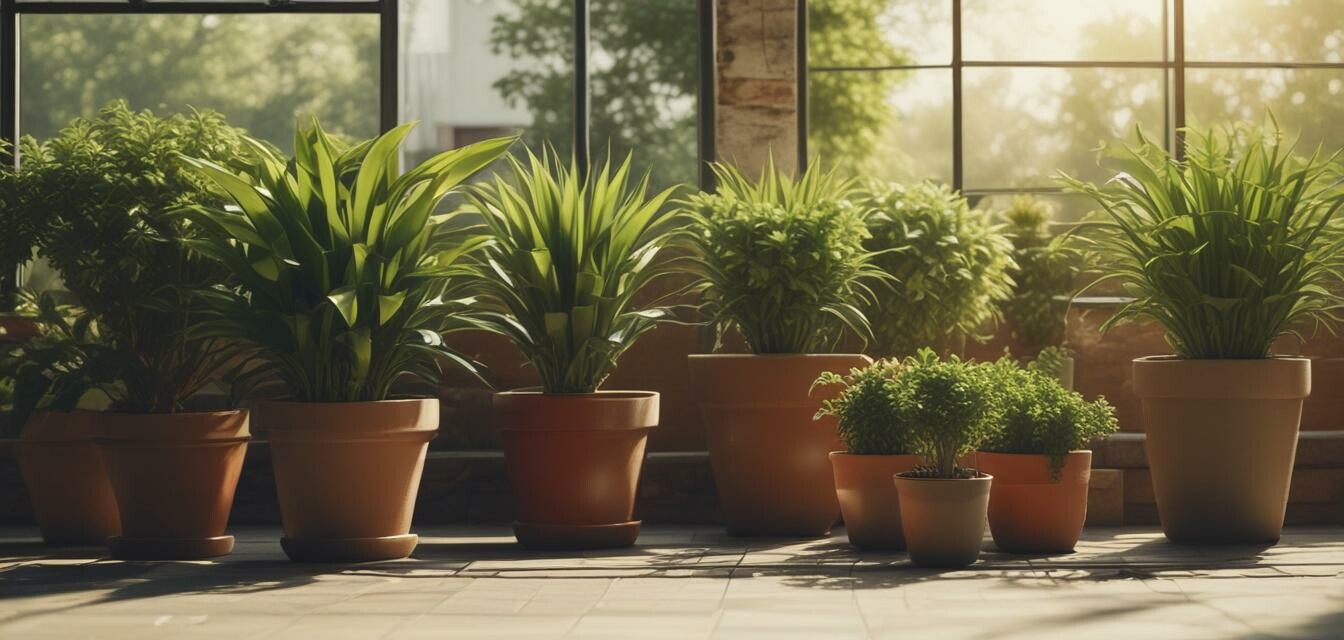
Tips for Transitioning Your Plants from Indoor to Outdoor
Key Takeaways
- Transitioning houseplants outdoors requires gradual exposure to prevent shock.
- Ensure the outdoor environment mimics indoor conditions as closely as possible.
- Monitor your plants for pests and changes in health as they adapt.
- Utilize a proper watering schedule and consider repotting for growth.
As the warmer months approach, many plant enthusiasts yearn to move their beloved houseplants outdoors. Transitioning plants from indoor environments to the great outdoors can be a rewarding experience, providing them with the natural light and air circulation they crave. However, it can also be a delicate process that requires some careful planning and understanding of your plants’ needs. In this article, we will guide you through the essential steps and precautions to ensure your plants thrive during their transition!
Understanding Your Plants’ Needs
Before moving your indoor plants outside, it’s crucial to know what they require to thrive. Here are a few factors to consider:
| Plant Type | Light Requirements | Humidity Preferences | Watering Needs |
|---|---|---|---|
| Succulents | Full Sun | Low to Medium | Infrequent |
| Ferns | Indirect Light | High | Regular |
| Peace Lily | Partial Shade | Medium | Keep Moist |
| Spider Plant | Bright, Indirect Light | Medium | Keep Soil Moist |
The Transition Process
To set your plants up for success, follow these steps for a smooth transition:
- Choose a Suitable Time: Begin the transition during mild weather, ideally on a cloudy day.
- Prepare Your Plants: Trim any dead leaves and check for pests. This ensures that your plants are healthy before making the move.
- Gradual Exposure: Start by placing your plants outdoors for a few hours each day, gradually increasing their time spent outside over one to two weeks. This helps them adjust to the new environment.
- Select the Right Spot: Choose a location that offers the appropriate light and protection from strong winds.
- Monitoring: Keep an eye on your plants for signs of stress such as wilting or yellowing leaves.
Common Mistakes to Avoid
While transitioning your plants, it's crucial to avoid certain common mistakes:
- Skipping Acclimatization: Quickly moving your plants outside without gradual exposure can stress them.
- Ignoring Weather Conditions: Always check the forecast before moving plants outdoors, especially for unexpected cold spells.
- Overwatering: Outdoor conditions may require a different watering schedule than indoor care. Adjust as needed!
Climate Considerations
The climate in your region plays a significant role in how your plants adapt. Here’s what to keep in mind:
| Climate Type | Optimal Transition Conditions | Best Time to Transition |
|---|---|---|
| Tropical | Humidity must be maintained; shaded areas preferred. | Late spring to early summer |
| Temperate | Partial shade ideal for delicate plants. | Spring, after the last frost |
| Arid | Full sun; ensure adequate watering. | Late spring, avoiding peak summer heat |
After Transition Care
Once your plants have successfully moved outdoors, that doesn’t mean your care stops:
- Regularly check soil moisture and adjust your watering schedule as necessary.
- Fertilize plants to boost growth, especially if you re-pot them.
- Continue monitoring for pests and diseases, especially in outdoor environments.
Conclusion
Transitioning your indoor plants to outdoor spaces can enhance their growth and vitality. By understanding their needs and following a well-planned transition process, you can create a thriving environment for your plants to flourish. If you’re ready to nurture your houseplants, explore more care tips in our Care Tips section!
Pros
- Enhances plant growth and vibrancy.
- Provides fresh air and natural sunlight.
- Encourages outdoor space beautification.
Cons
- Possible stress during the transition phase.
- Risk of pests from outdoor environments.
- Weather fluctuations can impact plant health.

